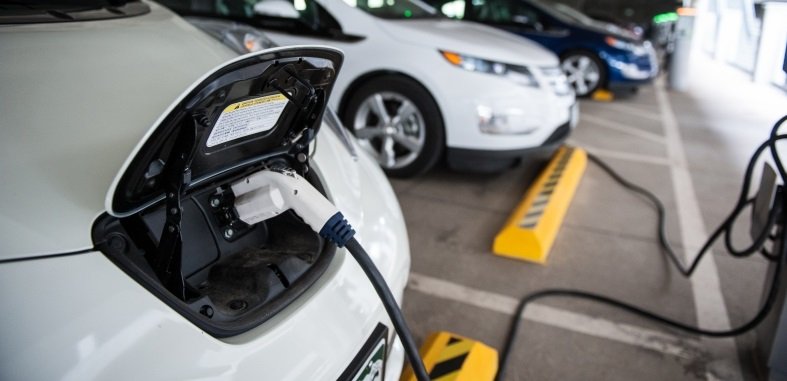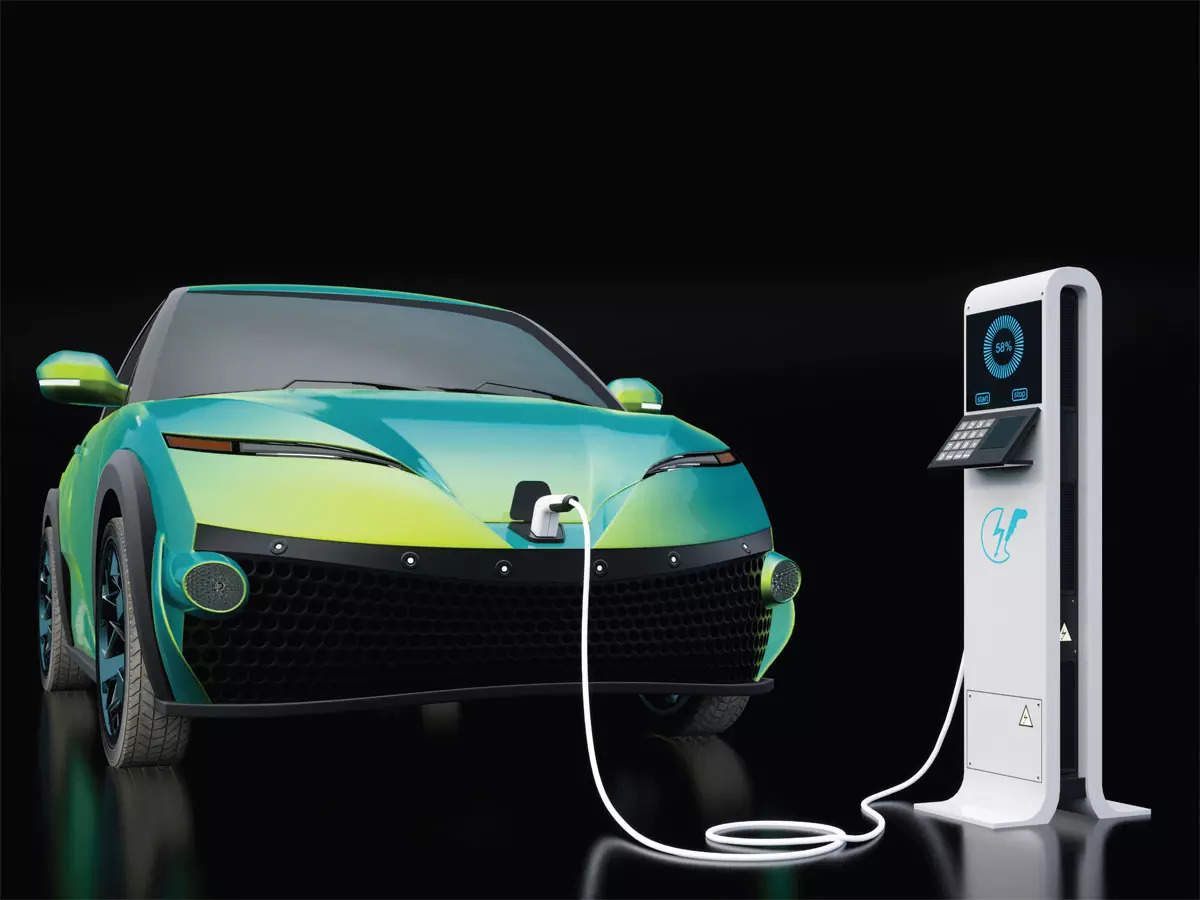How Electric Vehicles Improve Your Energy Independence
Many Americans view energy independence as a major concern for environmental, economic, and security reasons. One of the main advantages of electric vehicles is that they can run on any resource that produces electricity. When buying an electric vehicle, fuel comes from the power grid, not from a gasoline pump.
In the United States, most electricity comes from coal, natural gas, or nuclear power. However, the proportion of electricity in the United States is increasing from renewable resources. In 2018, 17% came from hydro, wind, biomass, solar or geothermal energy. In fact, more than a million homeowners in the United States have chosen to put their home power generation in their hands by installing zero-emission solar panels in their homes.
How Electric Vehicles Improve Your Energy Independence
Solar panels and electric cars are a heavenly combination. Installing a solar system in your home can power your home or charge your electric vehicle for emission-free transportation. The cost of solar energy is declining rapidly, making electric vehicles for everyday use by companies from Tesla to Nissan.
Currently, the ability to install a PV system large enough to power both your home and your car is a concrete option. Whether you’re buying an electric car and installing a solar panel system with an EV charging station at the same time, or staggering the purchase, pairing the electric car with the solar panel is the best way to increase energy independence.
Best Simplified guide to Eichrecht conformity I German calibration law for electric vehicle charging
Combine electric vehicles with solar energy to make them energy independent:
If you want to combine an electric vehicle with solar energy and invest in energy-independent truly energy-independent means of transportation, you need to combine the electric vehicle with a solar panel. There are two things you need to know to decide how to optimize your solar panels and electric vehicles.
- miles per gallon (MPGe) of the electric vehicle of interest
- How to use the vehicle, that is, average travel distance
Use these two pieces of information to estimate the additional amount of electricity needed to charge the electric vehicle. can do. Then, when you install your solar panel system, you can work with the solar installer to size the system based on your driving needs and your monthly household power usage.
Elektro auto MPGe:
Electric vehicles do not runs on gasoline, so the EPA evaluates electric vehicles based on the kilowatt hours (kWh) required for the vehicle to travel 100 miles and converts them to “miles per gallon equivalent” (MPGe). To do. Electric cars are much more efficient than gasoline cars (in terms of converting energy into motion).
Electric vehicles convert about 59-62 percent of the electrical energy they draw from the grid into electricity. For comparison: Traditional gasoline vehicles can only convert 17 to 21 percent of the energy stored in gasoline into wheel power. Most new electric vehicles on the market have achieved 70-135 MPGe.
You can use the US Department of Energy’s Fuel Economy website to find and compare kWh / 100 miles and MPGe values for all electric vehicles available on the US market.
EV Usage:
Knowing the EPA fuel economy rating of the selected vehicle will allow you to estimate the additional solar power required to charge the vehicle. It depends on how you plan to use your electric car: do you use it several times a week for short errands or for daily commuting? Estimate the number of kilometers you drive each week to calculate the amount of “additional” electricity your solar system needs to drive. How Electric Vehicles Improve Your Energy Independence
You can use this information to work with solar installers to design solar panel systems that generate enough power to power both your home and your electric vehicle. If you are not ready to invest in an electric vehicle and a PV system at the same time, you need to install a PV system that you can add later as your electricity demand grows. How Electric Vehicles Improve Your Energy Independence
Are you ready to buy an electric car? Dimension your solar system for future use:
First of all: Don’t hesitate to use solar energy just because you may need a larger system in the future. Waiting for solar panels to be installed can miss the financial incentives available today in the states and regions. And every month, you have to pay the electricity bill from the power company. How Electric Vehicles Improve Your Energy Independence
Enough power to power current homes and future rechargeable electric vehicles by sizing the solar energy system for future use and ensuring that the system is “add-on friendly” You can easily find the option to generate. There are several ways to make your system completely power-independent. How Electric Vehicles Improve Your Energy Independence
Design your system so that you can easily add panels later. Solar modules require what is known as an inverter to convert solar energy into electricity that can be used in your home. The size of the inverter depends on the size of the system. Knowing how many panels will be added to the system later, you can install an inverter that can handle the capacity of existing and new panels that you plan to add after purchasing the EV. How Electric Vehicles Improve Your Energy Independence
Another possibility is to install a small inverter, the so-called microinverter, located on each solar panel instead of the large central inverter. Install the second smallest solar system. You can always add a second system to your home as long as you have enough space on the roof. However, homeowners cannot claim a federal solar tax credit multiple times for the same property. How Electric Vehicles Improve Your Energy Independence
Calculate future usage and build a larger system accordingly. If you know that your electricity usage will increase in the next or two years and you have the money available, you can build a solar system based on your future electricity usage. This is not always an option. Some utilities do not approve systems that significantly exceed past power consumption. Therefore, first consult your solar installer about your options.
Another option is to “vacate the room” later by increasing the energy efficiency of the house. This has the added benefit of lowering the overall energy bill. Consider replacing light bulbs, installing programmable thermostats, or upgrading equipment to free up some of the power generated by solar panels for future use in electric vehicles. How Electric Vehicles Improve Your Energy Independence
Note that the above strategy works not only for electric vehicles, but also for making additions or changes to your home to increase your electricity usage. If you`re considering adding an electric heat pump system, electric water heater, or an addition on your home, you can expand your solar energy system to take your future electricity use into account. In any situation, installing solar panels to power your home is one of the strongest moves towards complete energy independence that you can make. How Electric Vehicles Improve Your Energy Independence




